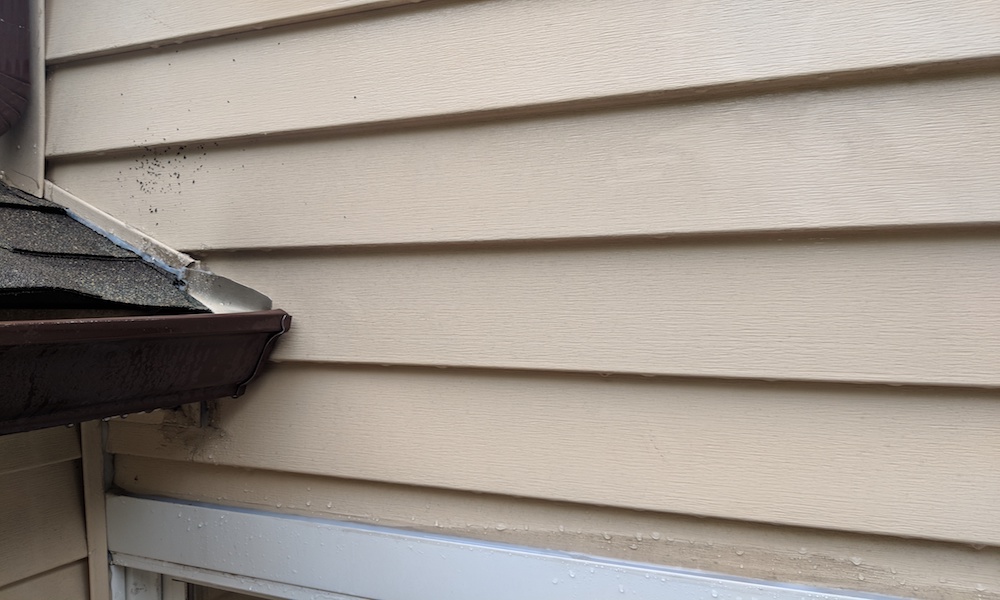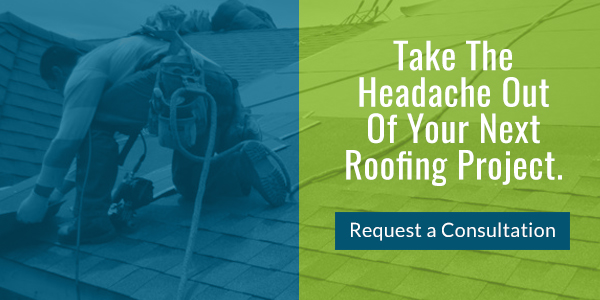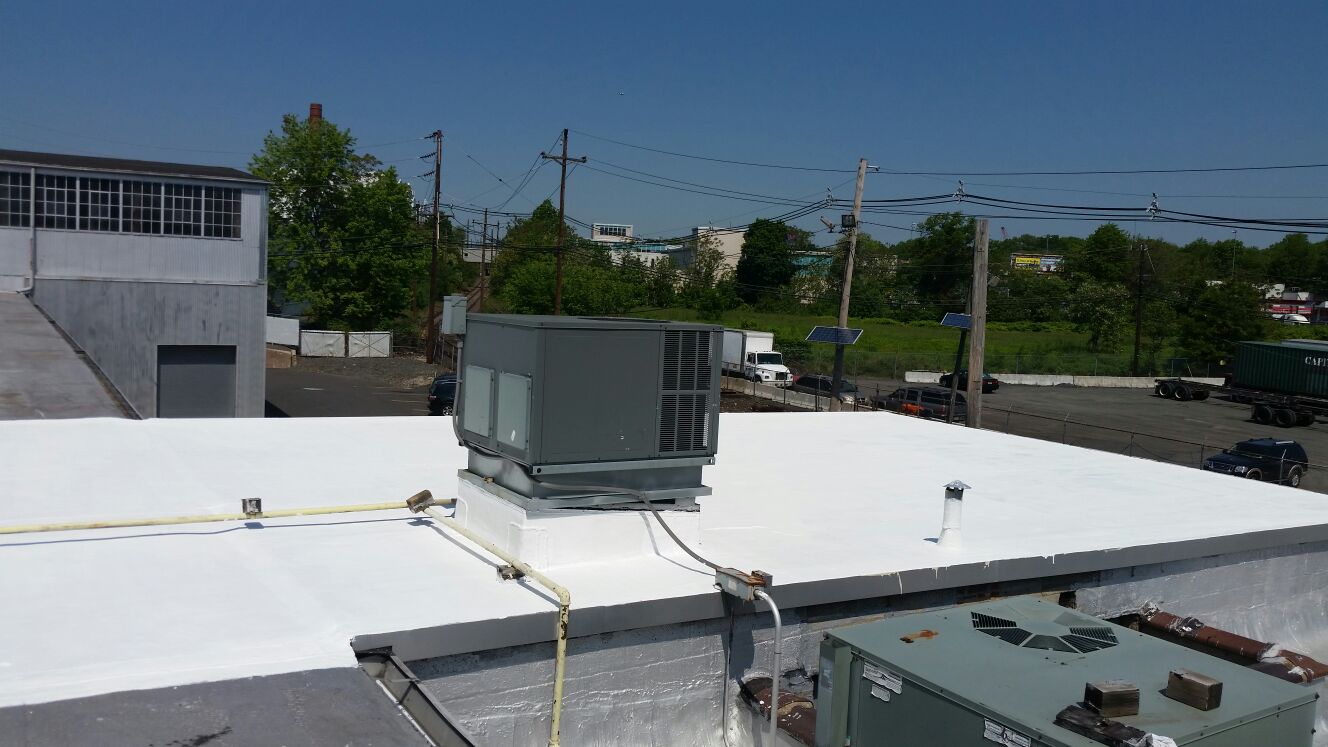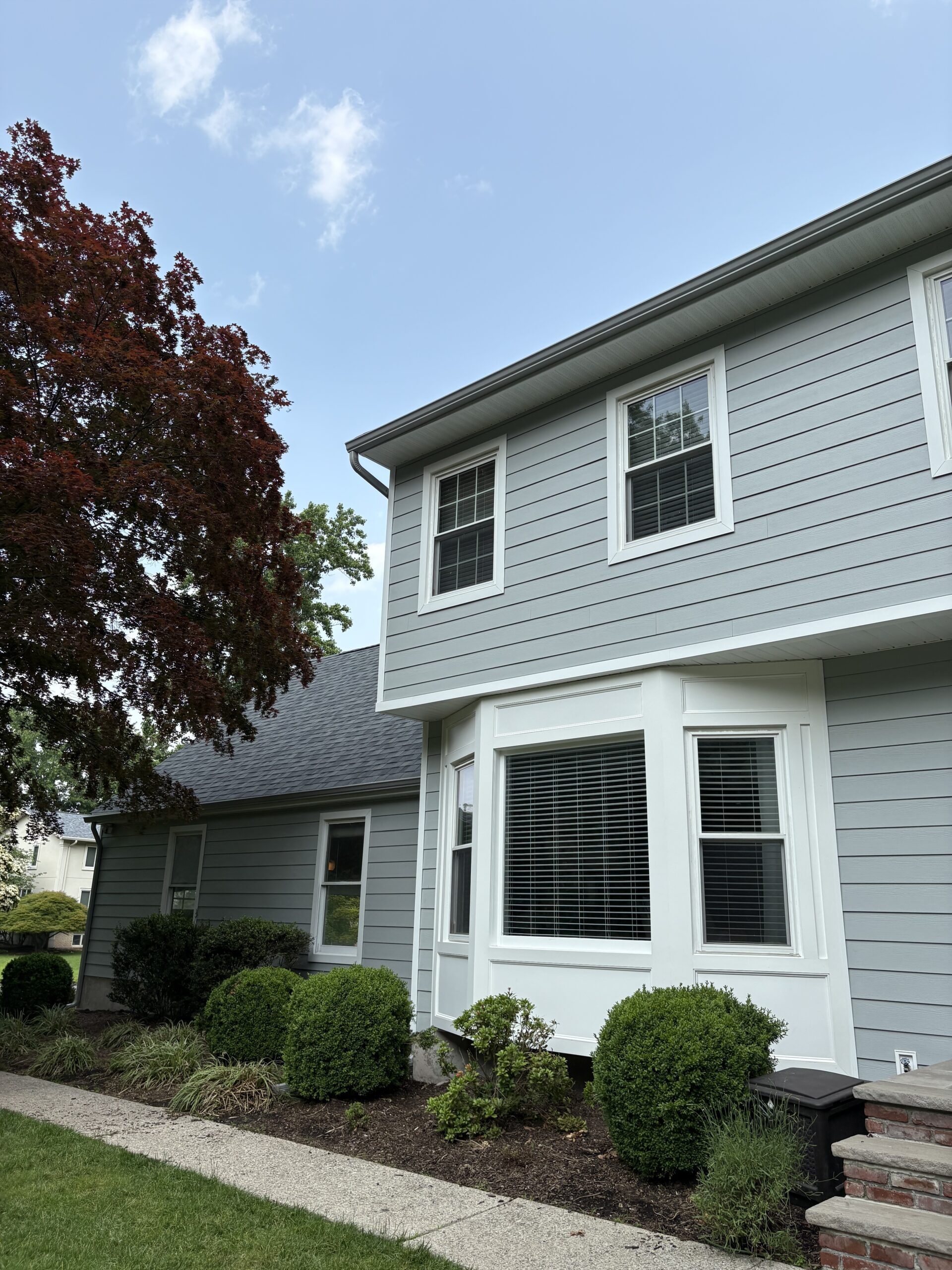Many diverse architectural styles are represented by the homes of Passaic County. There are historic Georgian, Italianate and Victorian residences, as well as Cape Cods, colonials and ranches. Whatever the style, roof leaks are always a possibility. Acute storm damage causes some leaks, while others develop as roofing systems deteriorate over time. Other leaks happen because of problems with the original installation. Home roof repair in Passaic County requires expert handling from an experienced roofing company.
Signs Your Roof is Leaking
Although some roof leaks are obvious, others require the investigative skills of a certified roof inspector. There are certain obvious signs of a leak, including the following.
Stains or wet spots on drywall
Stains or wet spots on interior drywall are cause for concern. Some, but not all, of these wet areas may be evidence of a roof leak. Once moisture makes its way to the drywall, quick action is vital. Wet drywall must be replaced, and mold is always a threat when drywall gets wet.
Moist or moldy attic insulation
Even when leaking water doesn’t make it all the way to the living space, it can still cause major problems. For example, attic insulation quickly loses it’s insulating ability when it gets wet. Mold, often black in color, will sometimes grow on wet insulation. What began as a minor roof leak can quickly escalate into a need for mold remediation.
Wet sheathing or rafters
It is possible that a leak will leave water stains on roof sheathing. Water stains on rafters are also evidence of one or more leaks. Due to gravity, water may travel diagonally down a rafter for some distance. A qualified roofing professional knows how to trace the leak back to its source.
Wood consistently exposed to moisture may rot. Sheathing and even rafters may have to be replaced when there’s a delay in a roof leak repair.
Nails that missed the mark
A single miss as roofing materials are being nailed to the rafters will often leave a nail protruding into the attic. These nails are sometimes called “shiners” because they reflect light shining on them in the attic.
Shiners are a problem for a number of reasons. Moisture can work its way around the shank of the nail and into the attic space below. On cold nights, the conductivity of the metal drops the temperature of the shank below freezing. When this happens, moisture in the attic may condense on this cold surface, causing frost to form. When this frost melts, water droplets can moisten attic insulation.
Leaks and ice dams
Ice dams are a natural result of temperature differences between the part of your roof directly above the attic and the outer edges of your roof.
The problem is similar to that faced by motorists driving over bridge decks that freeze up when the rest of the road is fine. The bridge quickly cools while the road is warmed by the underlying soil.
Similarly, the outer perimeter of the roof is colder than the roof area above the attic. Water flows to the edge where it freezes, forming an ice dam. Water gathers above the dam where it can work its way up under the shingles.
Hard-to-detect leaks
There are also roof leaks that are not so evident. Therefore, it is recommended that you have your roof professionally inspected once or twice a year. A certified roof inspector knows where to look for subtle signs of roof damage.
Keep in mind that some leaks do not originate in the roofing system. For example, leaks also occur due to things like siding failures, cracked window caulk and chimney deterioration.
Home Roof Repair Procedures: Passaic County, NJ
Roof leaks are often a sign that your Passaic County roof system is seriously compromised. Even if the problem is somewhat localized, it is important to address it right away. Delays are often costly!
Replace damaged or missing shingles

It takes a keen eye to determine exactly where the damaged area of the roof ends and the good area begins. As a homeowner, you don’t want your roofer to miss anything, but you don’t want unnecessary work performed either.
At the same time, installing new shingles over deteriorated underlayment or rotting rafters is like trying to paint right over the rust on a car fender. All portions of your roofing system that are damaged must be replaced.
Replace underlayment
When you have damaged shingles, the underlayment is often in need of replacement as well. Patching the underlayment requires skilled work by trained technicians to prevent future leaks in the same area.
Sometimes, removal of damaged underlayment reveals damage to the sheathing as well. Such sheathing must be replaced before the other work can proceed.
Flashing repair
Leaks often occur because of faulty flashing rather than damaged shingles. For example, flashing may lift up and bend as it ripples in extreme winds. Such winds may even tear broken, corroded or otherwise damaged flashings completely off the roof.
Vent boot repair
A faulty rubber boot around a vent will also cause a leak. As they age, the boots that provide the seal around roof vents may shrink, get brittle or crack. Replacement with a new boot will remedy the situation.
Contact CRS Today
When you need home roof repair in Passaic County, look to CRS. We have been serving area homeowners for more than 48 years, so we have seen every kind of roof damage imaginable. We can expertly diagnose and repair your roof problem.
Please contact us today to schedule a complimentary visit!





